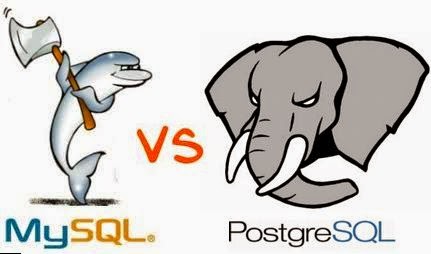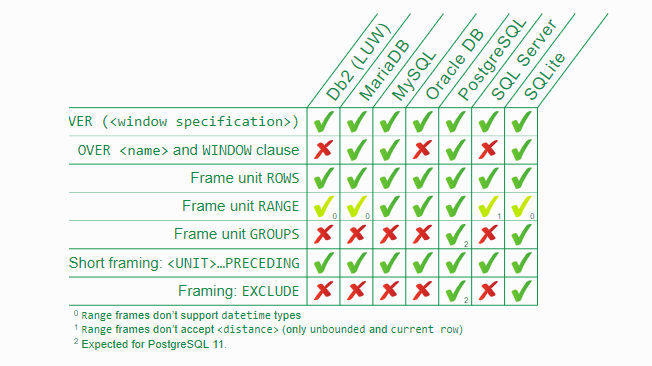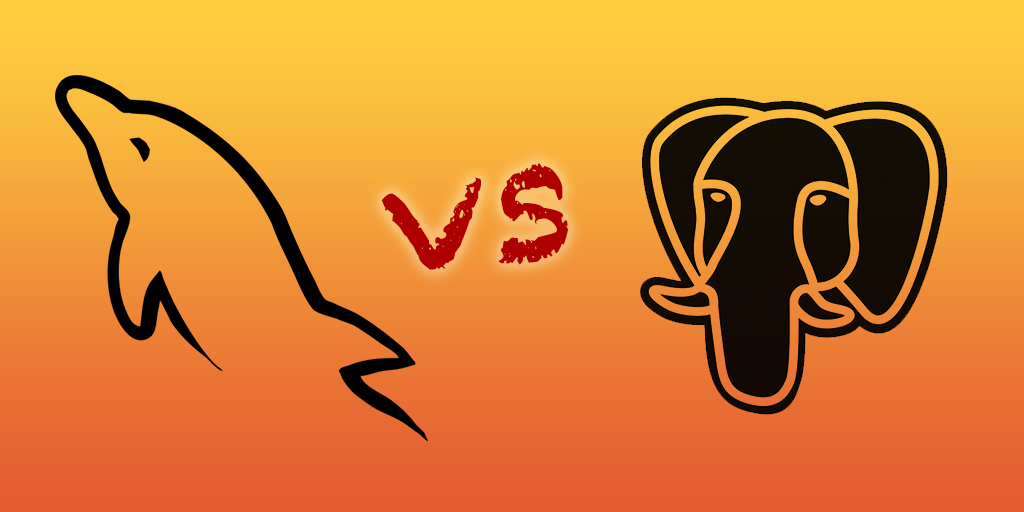

MySQL TRUNCATE TABLE does not support CASCADE and transaction safe i.e. PostgreSQL TRUNCATE TABLE supports more features like CASCADE, RESTART IDENTITY, CONTINUE IDENTITY, transaction-safe, etc. Support CASCADE option to drop table’s dependent objects e.g., tables and views. Support the TEMP or TEMPORARY keyword in the DROP TABLE statement that allows you to remove the temporary table only. No TEMP or TEMPORARY keyword in DROP TABLE statement Multiple storage engines e.g., InnoDB and MyISAM The world’s most popular open source database. The world’s most advanced open source database. The following table compares the features of PostgreSQL vs. MySQL has been famous for its ease of use and speed, while PostgreSQL has many more advanced features, which is the reason that PostgreSQL is often described as an open-source version of Oracle. Both PostgreSQL and MySQL are time-proven solutions that can compete with enterprise solutions such as Oracle and SQL Server. MySQL is an important decision when it comes to choosing an open-source relational database management system. While MySQL and PostgreSQL have many things in common, you should make sure you understand the differences between them in order to make sure you select the right one for your specific application.PostgreSQL vs. This allows for diverse applications using unique data types to be built on top of a solid, well-maintained database. Since PostgreSQL has the benefits of being both a relational and object-oriented database it can work with a rich range of different data types - from the standard types that MySQL supports to user-defined data types. MySQL can interact with a wide array of applications and web-browsers, as well as interface with a variety of different programming languages. Anything where you’re working with complicated or large volumes of dataīoth MySQL and PostgreSQL are extremely versatile, though in different ways.PostgreSQL is better for these use cases:
Postgresql vs mysql for spatial data full#

Distributed / clustered database setups (PostreSQL does not support these types of setups natively).


It’s primarily used for websites and web applications. It’s known for being great for beginners, fast, reliable, and secure. If you’re working on projects where speed, simplicity, and easy management are key, you’ll probably want to stick with MySQL. MySQL is a simple and user-friendly relational database.


 0 kommentar(er)
0 kommentar(er)
